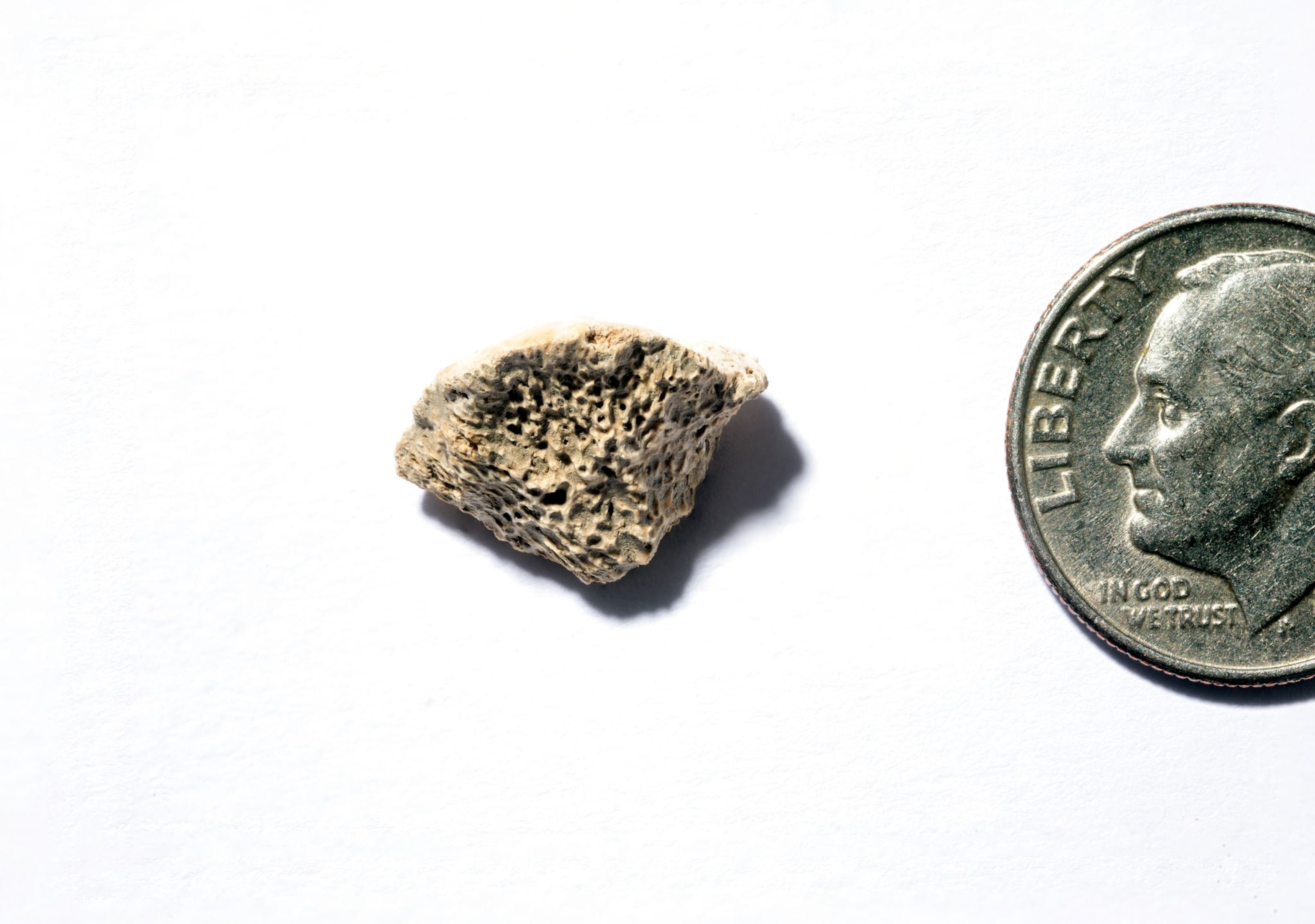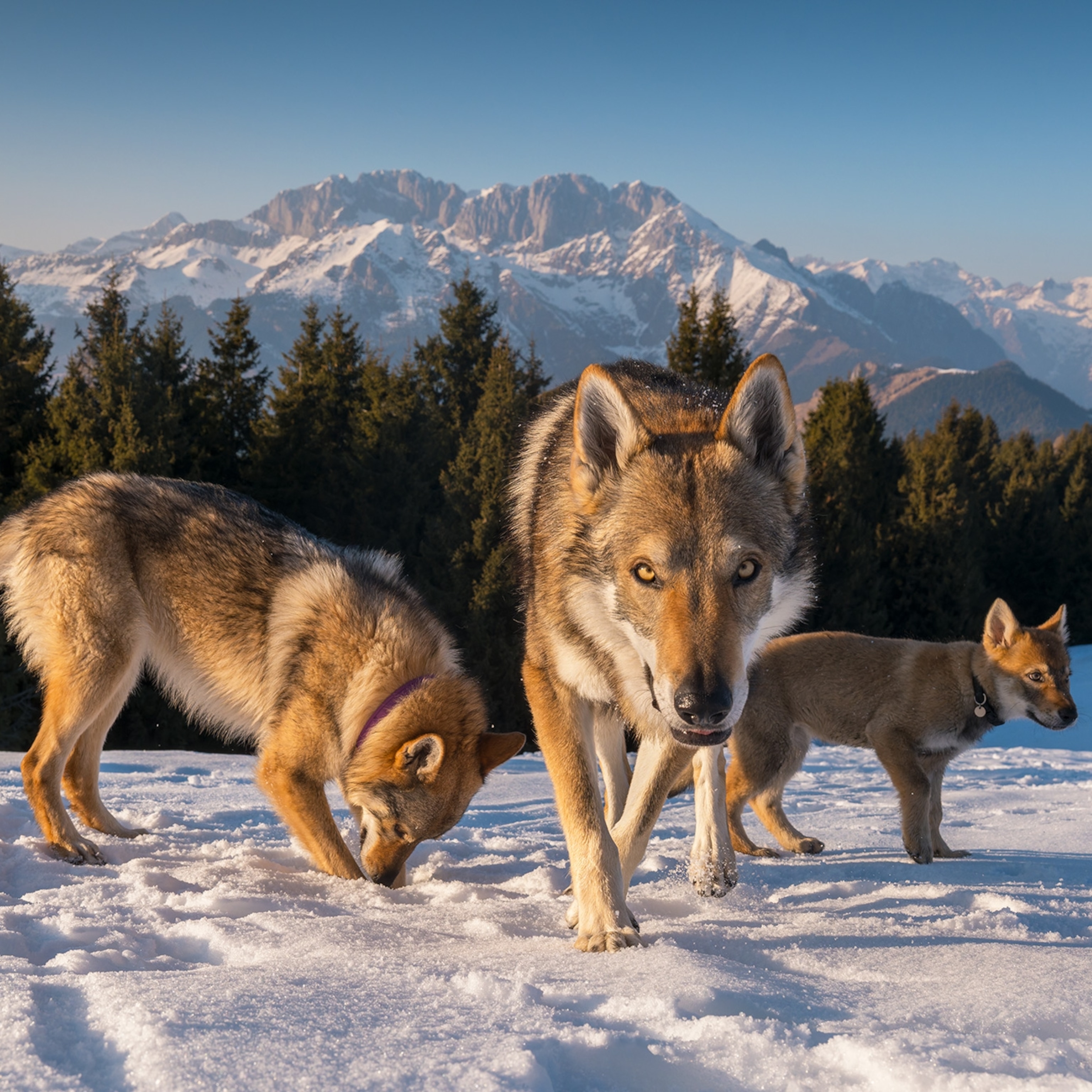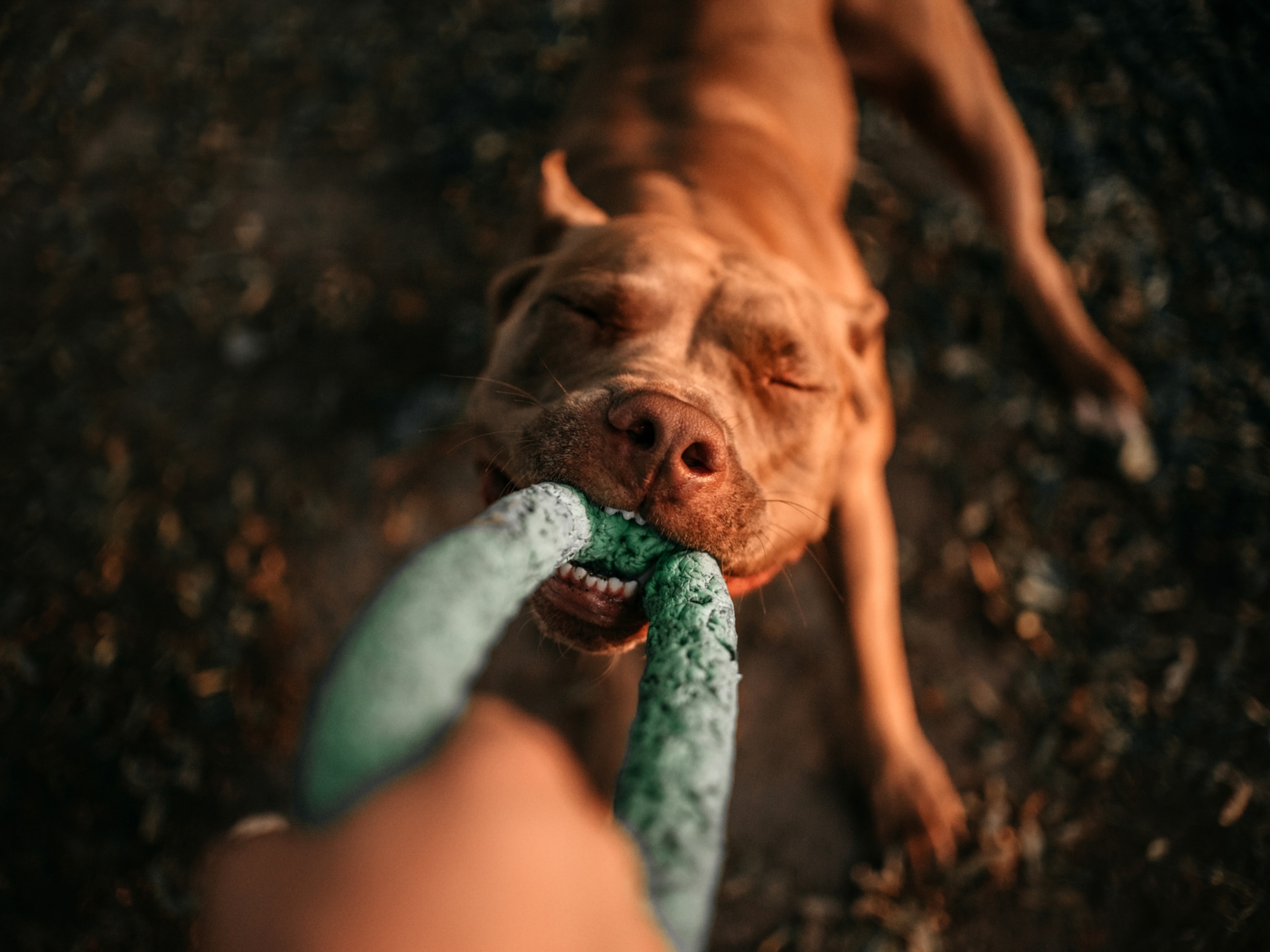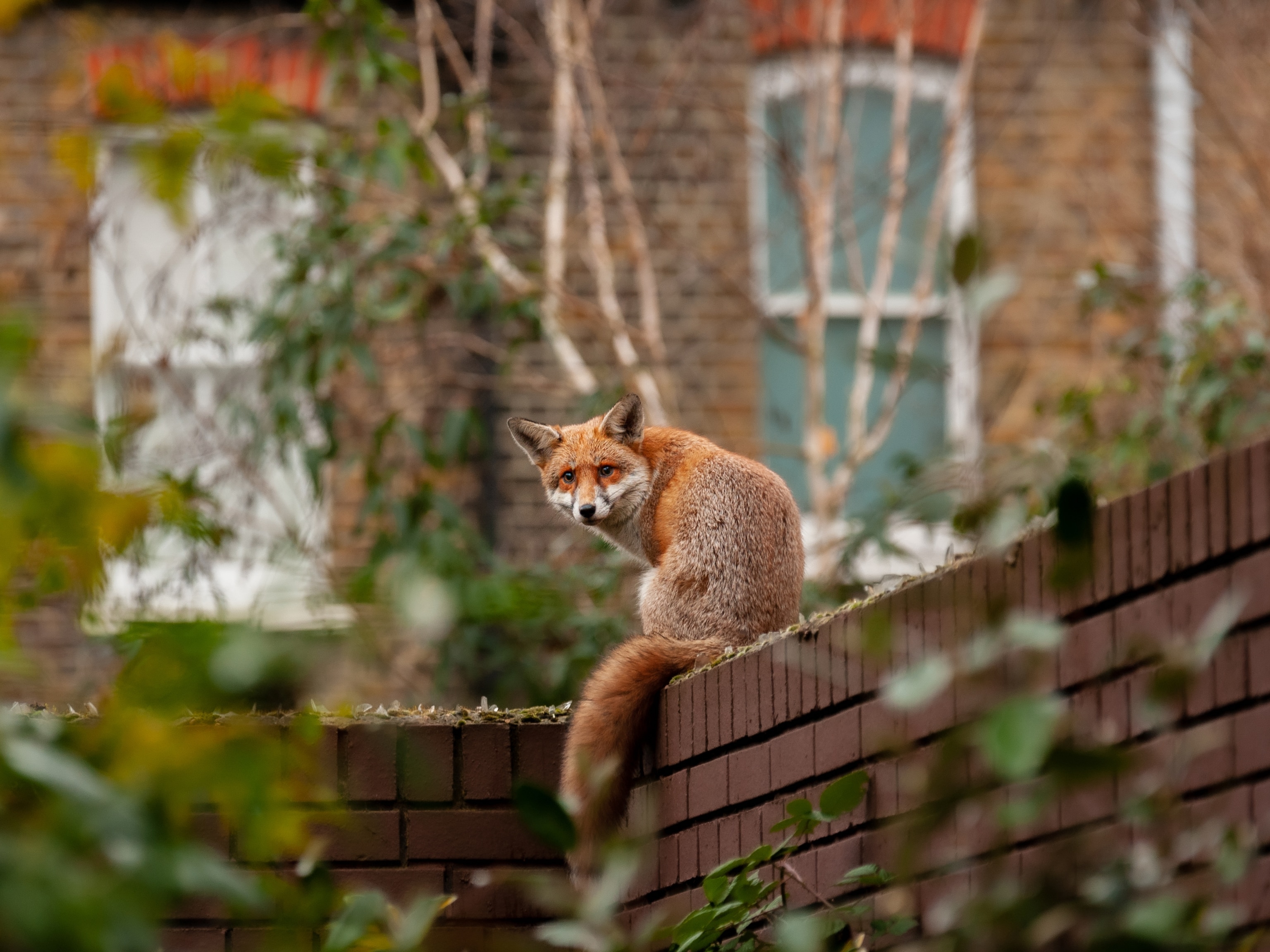
Oldest dog remains in Americas discovered in Alaska
A shard of bone tells the story of a canine companion that trekked into an icy new world, providing clues to the migrations of the earliest Americans.
For about 20 years, specimen PP-00128 in the earth sciences collection of the University of Alaska Museum was thought to belong to a rather old bear. The femur fragment, small enough to hold between two fingers, had been excavated from a site along the southeastern Alaskan coast where archaeologists also uncovered the remains of fish, birds, mammals, and humans going back thousands of years.
Recent genetic testing of the sample, however, proved to be a surprise to scientists—but perhaps not dog owners: PP-00128 once belonged to a loyal canine companion who trotted alongside humans into the icy new world of the Americas around 10,150 years ago.
The analysis of the oldest domesticated dog remains yet discovered in the Americas, published today in Proceedings of the Royal Society B, not only provides important clues to when dogs first entered the Americas, and the routes they took alongside humans to get here, but it also reinforces the very long and deep bond between people and domesticated dogs.
“Even if you can’t imagine anything about the life of people 10,000 years ago, you can still understand the relationship between people and their dogs,” says Carly Ameen, a zooarchaeologist at the University of Exeter who wasn’t involved with the new work.
Tracking paw prints across America
While this is the oldest physical evidence for domesticated dogs in the Americas, the femur fragment doesn’t necessarily belong to one of the first dogs to make it over from northeast Asia. Back in 2018, the burial sites of several dogs in Illinois were found to be around 9,910 years old. With a difference of a mere couple centuries, the title of “oldest” now just barely belongs to the Alaskan pup PP-00128. But archaeologists are more interested in the fact that we now have very similarly aged dogs in two very different parts of North America. That means that dogs were coming to America much earlier than this—but when did they first arrive?
According to recently unveiled genetic evidence, around the time when a third of North America was buried beneath ice during the Last Glacial Maximum (LGM) roughly 26,500 to 19,000 years ago, people had increasing encounters with gray wolves in Siberia, where comparatively temperate refuges provided prey both could hunt down and eat. These wolves gradually became domesticated dogs sometime between about 40,000 and 19,000 years ago. (Ancient wolves that played with humans likely evolved into today's friendly dogs.)
As part of a multidisciplinary research project looking into the stories of the animals, climate, and environment of the region as the ice cover invaded and retreated, scientists are unspooling the genetics of bones excavated in the region, including those kept at the University of Alaska museum. Charlotte Lindqvist, an evolutionary biologist at the University at Buffalo and co-author of the new study, was interested in what bears were up to back then. One bone, specimen PP-00128, originally excavated from the site of Lawyer’s Cave on Alaska’s Blake Channel, was thought to belong to one.
While genetic analysis proved that PP-00128 did not belong to a bear, extraction of the dog’s complete nuclear DNA profile wasn’t possible from the tiny bone fragment. But its mitochondrial DNA—a small fraction of the entire genome inherited only from the maternal line—was retrieved. The multidisciplinary team’s analysis suggested the dog belonged to a lineage that split with its Siberian canine cousins no earlier than 16,700 years ago—roughly the time humans may have been traveling into North America along the coast.
But even this moment in time may not represent the point at which some Siberian dogs first followed humans into the Americas. Unless there were very few dogs around to begin with, the dog populations that remained in Siberia shouldn’t all have had the same mother as the dogs from the American populations, says Krishna Veeramah, a population geneticist at Stony Brook University who wasn’t involved with the new work. Dogs from both groups likely shared a common ancestor many generations earlier, long before they went their separate ways.

In other words, the 16,700-year mark may represent the point at which their genetics diverged but may not necessarily be the point at which the populations split apart—so that timestamp can’t be used to say when domesticated dogs first entered the Americas.
Like the entry of humans into the Americas, the timelines for the initial canine pioneers remains fuzzy. (There’s no evidence yet to say whether the very first human migrations included dogs, for instance, or if their four-legged friends came along a bit later.) But the discovery that this domesticated dog lived on the Alaskan coast when the region’s coastal ice had rapidly retreated hints at the routes humans could have taken.
Scientists are keen to know whether humans first moved into the Americas via corridors of land between the melting Cordilleran and Laurentide ice sheets, or if they followed the Pacific coastline to points south. “I’m sure migration happened both ways,” says Lindqvist, but geological evidence shows that ice along the coastal route retreated earlier, providing an early access point into the New World.
A ‘Swiss Army knife’ with fur
Isotopic analysis of PP-00128 revealed that the Alaskan dog had a diet of things like fish, whale, and seal meat—likely scraps offered by its human companions. While it’s unclear what this Alaskan dog may have been like in life, with some reasonable inferences, experts can hazard a guess.
Robert Losey, an archaeologist focusing on human-animal relationships at the University of Alberta who wasn’t involved with the new work, posits that if it were similar to other early Siberian dogs, it would have been somewhat large, perhaps 50 to 60 pounds. “I would expect the dog to have been behaviorally similar to our own dogs, to be well adapted to cold environments, and probably also a participant in hunting, carrying loads, and pulling loads on sleds,” he says. (Humans and dogs have been sledding together for nearly 10,000 years.)
“If you want to get yourself an ancient American dog, the closest thing you can get yourself is a Siberian or Alaskan husky, a malamute, or a Greenland sled dog,” says Angela Perri, an archaeologist at Durham University in England who was not part of the study.
She likens dogs to a sort of “Swiss Army knife” for the different purposes they have provided people throughout history—as hunters, guardians, alarm systems, bed warmers, and sources of emotional support.
But, notes Perri, ethnographic records tell us that in the Arctic, “when you get desperate, when times get rough, dogs are used as fur and food sources.” For dogs entering the Americas, their purpose may have shifted back and forth over time depending on how difficult conditions were at that moment during their ancient journeys.
A ‘ruff’ draft of history
After entering the Americas, these ancient Siberian dogs spread throughout North and South America, where they mingled with coyotes and wolves, and eventually mixed with dogs immigrating from elsewhere, including the Arctic breeds brought along by the Thule People about 1,000 years ago.
Grimly, the genetic lineage of these ancient dogs was almost annihilated when European colonialists brought over their own dogs just a few centuries ago, killing off the earlier canine arrivals through culls and disease. But thanks to genetic work and serendipitous discoveries, their story isn’t lost to time. And as this latest discovery shows, “there is a huge treasure trove of data sitting in our storerooms and warehouses,” says Ameen.
Given enough time, the vast wilderness of Alaska, through careful archaeological work, will also give up its secrets about the first arrivals of both humans and their canine companions.
“The answers to everything are sitting there just waiting,” says Perri. “There’s no animal that has the relationship with humans in the way dogs do, right?”
“The story of dogs is the story of humans,” she adds.








